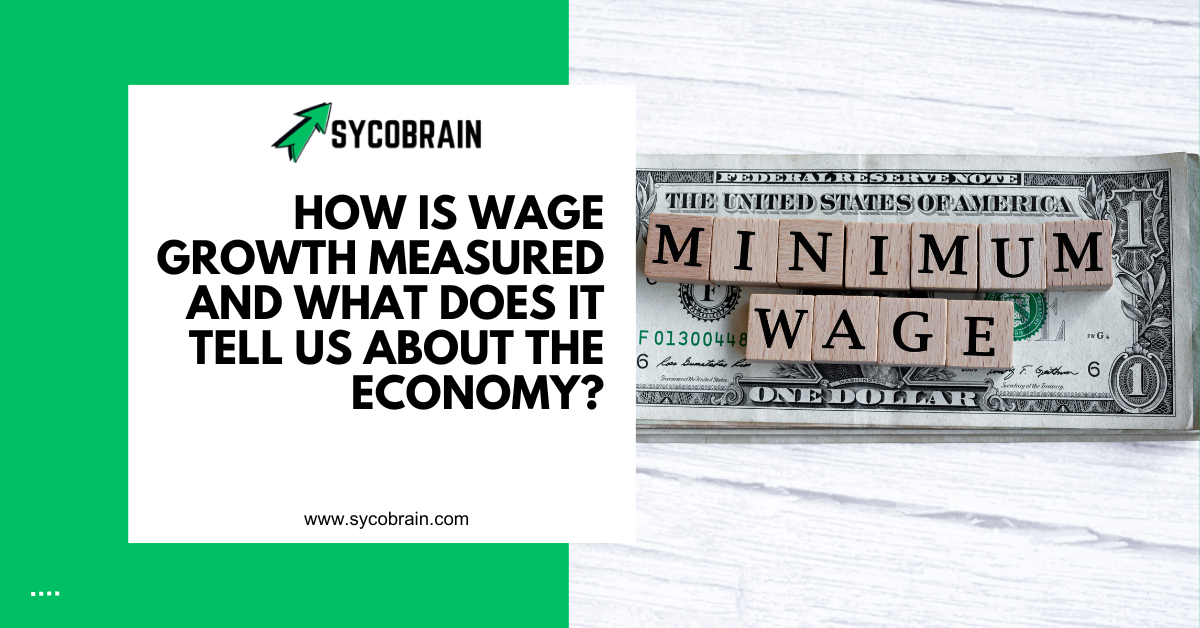Physical Address
304 North Cardinal St.
Dorchester Center, MA 02124
Physical Address
304 North Cardinal St.
Dorchester Center, MA 02124

Wage growth is an essential aspect of the labor market and the economy as a whole. It is a crucial indicator of the health of the economy, and economists have been paying close attention to it lately.
In this article, we will discuss how wage growth is measured and what it tells us about the economy.
Wage growth is measured by analyzing the changes in average hourly earnings over time. The Bureau of Labor Statistics (BLS) releases a monthly report on the employment situation, which includes data on non-farm payrolls, unemployment rates, and average hourly earnings.
The report does not explicitly mention wage growth, but economists can calculate it by comparing the average hourly earnings of the current month to the same month in the previous year.
The BLS calculates the average hourly earnings of all non-farm employees, excluding government employees, on a monthly basis. The data is then adjusted for inflation to provide a more accurate measure of wage growth.
Wage growth is a critical indicator of the health of the labor market and the economy. It is a component of the Federal Reserve’s dual mandate of maximum employment and stable prices.
When wage growth is strong, it indicates that the labor market is tight, and employers are competing for a limited pool of workers. This can lead to higher prices for goods and services, which can affect inflation.
The July jobs report showed that non-farm payrolls rose by 8 cents to $27.98, an improvement over what wages were at in July 2009. The year-over-year change in average hourly earnings was 3.2%, indicating that wages have been increasing over time.
However, the wage growth chart shows a steady decline in wage growth since 2013, reflecting lower unemployment rates. The unemployment rate has declined from 7.5% in 2013 to 3.7% in the new print from this morning. This indicates that more people are being pulled into the labor market and being paid more, which is a positive sign for the economy.
The relationship between wage growth and unemployment is described by the Phillips curve, which suggests that lower unemployment is associated with higher wage growth.
Using the example of a sneaker manufacturer, if unemployment is low, it becomes harder to find workers. If a rival manufacturer offers higher wages to take away trusted workers, the original manufacturer must bid up wages to retain them. This leads to wage inflation, which can affect inflation in the broader economy.
However, the current trend of wage growth and inflation does not follow the traditional Phillips curve. While wage growth has been increasing, inflation has remained relatively stable, below 2%. This has been a conundrum for the Federal Reserve, and economists are trying to reason through it.
Wage growth is a critical indicator of the health of the labor market and the economy. While wage growth has been increasing over time, it has been declining since 2013, reflecting lower unemployment rates.
The relationship between wage growth and inflation does not follow the traditional Phillips curve, and economists are trying to understand why.
Why is wage growth increasing while inflation remains relatively stable, and what does this mean for the future of the economy?